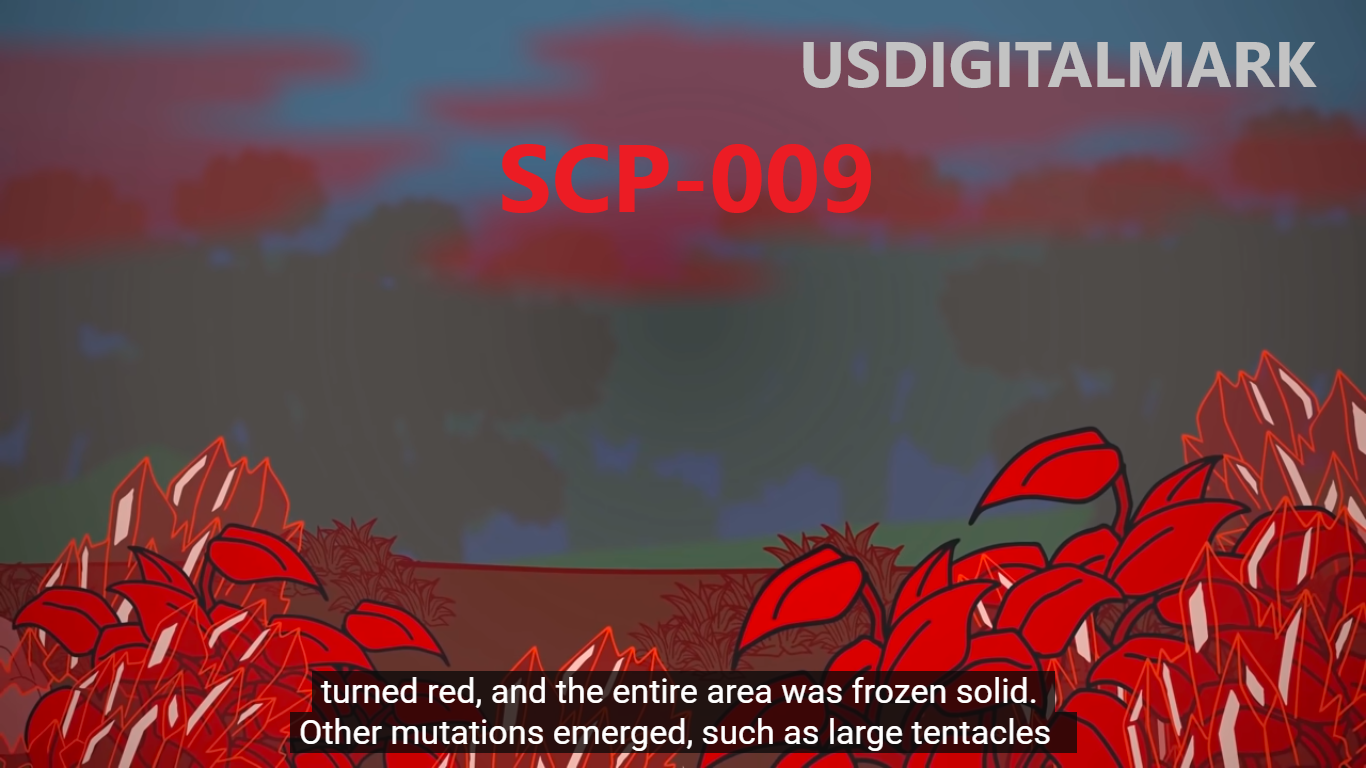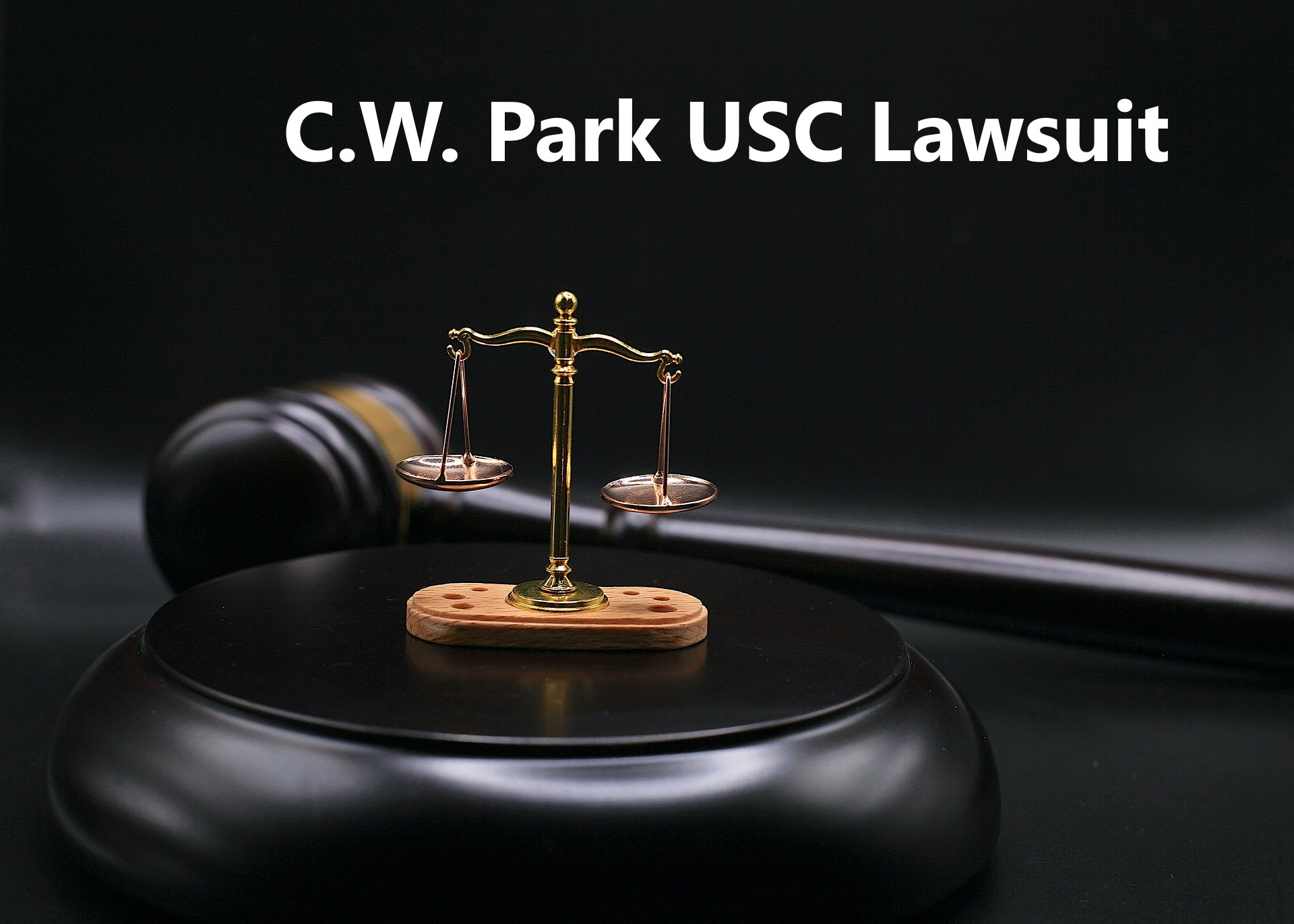Welcome, fellow enthusiasts of the strange and mysterious! Today, we’re diving into the depths of the SCP Foundation archives to unravel the chilling enigma known as SCP-009. Prepare for a journey into the bizarre as we explore the peculiar properties, containment procedures, and eerie circumstances surrounding this elusive entity.
Understanding SCP-009:
SCP-009, or “Red Ice,” is not your typical H2O. Imagine a substance resembling distilled water but with a vivid red hue that sets it apart from the mundane. Encased within a sealed storage tank of heat-resistant alloy, SCP-009 seems innocuous at first glance, but its weird nature is anything but ordinary.
Containment Measures:
Containing SCP-009 is no walk in the park. The substance must be kept within a sealed storage tank, its chamber monitored by temperature sensors around the clock. Three redundant cooling units refrigerate the chamber itself to maintain a chilly environment. Any malfunction is a red alert, demanding immediate repair to prevent potential hazards.
Why the Cold Shoulder?
What makes SCP-009 particularly tricky is its temperature sensitivity. Exposing it to anything above 0°C outside controlled testing is a no-no. No water-based solutions should come within 30 meters of its containment area, making it clear that the Foundation means business when it comes to keeping this anomaly on ice.
Contamination Chronicles:
SCP-009’s most dangerous ability lies in its contamination prowess. When in contact with any aqueous solution, it mysteriously transfers its anomalous properties. It’s a shape-shifter, assimilating everything from ice and steam to tea, fruit juice, seawater, and blood. The conversion process varies, taking minutes to hours, and the results can be gruesome.
The Conversion Dance:
D-Class personnel unfortunate enough to be exposed to SCP-009 undergo a chilling dance of conversion. It begins innocently enough with moisture absorption, but things take a turn as frost forms on the surface, leading to profound tissue conversion and an exponential increase in temperature. The process is as mysterious as the substance itself, leaving us with more questions than answers.
Origin Mysteries:
The origin of SCP-009 remains shrouded in mystery. Found in the icy realms of Alaska after a gruesome incident involving seal hunters, its discovery raised more questions than it answered. Clues point to a possible connection with SCP, hinting at a more extensive web of anomalies waiting to be untangled.
The Ongoing Saga:
SCP-009’s story doesn’t end with its containment. The exploration log reveals an arachnoid entity linked to SCP-3023, deepening the intrigue. The potential for SCP 009 in cold fusion research is mentioned but comes with its own set of cautionary tales and budgetary constraints.
Conclusion:
As we wrap up our journey into the cryptic realm of SCP-009, one thing becomes clear: its secrets are as chilling as the substance itself. From its containment challenges to the uncharted territories of its origin, SCP 009 remains a captivating anomaly within the vast archives of the SCP Foundation. Stay curious, stay cautious, and who knows what other secrets the Foundation has yet to unveil? Until next time, fellow seekers of the weird!
FAQs
What is SCP-009?
SCP-009, also known as “Red Ice,” is a mysterious substance resembling distilled water with a distinct bright red hue. It exhibits anomalous properties and is contained by the SCP Foundation due to its ability to contaminate other substances.
How is SCP 009 Contained?
SCP 009 is in a sealed storage tank of heat-resistant alloy with specific dimensions. Its containment chamber is fitted with temperature sensors, and redundant cooling units are employed to maintain a refrigerated environment. No water-based solutions are allowed within 30 meters of the containment area.
What Happens if SCP 009 is Exposed to Higher Temperatures?
Exposing SCP 009 to temperatures above 0°C is strictly prohibited. If the temperature in the containment area rises above -5°C, the chamber is locked down and flooded with coolant until safe temperatures are restored.
Can SCP-009 Contaminate Other Substances?
Yes, SCP-009 can contaminate other substances when in contact with aqueous solutions. It can assimilate various materials, including ice, steam, tea, fruit juice, seawater, blood, and more.
What Are the Conversion Stages for Contaminated Individuals?
Individuals exposed to SCP 009 undergo a series of stages: Initial Exposure, Surface Conversion, and Deep Tissue Conversion. The process involves the assimilation of moisture, the formation of frost, and an exponential increase in temperature, resulting in a chilling transformation.
What is Known About the Origin of SCP 009?
The origin of SCP 009 is unknown. It was discovered in Alaska after an incident involving seal hunters. Clues point to a possible connection with SCP, suggesting a more profound mystery surrounding its existence.
Why is SCP-009 Kept in a Sealed Storage Tank?
The sealed storage tank is crucial to prevent SCP-009 from contaminating its surroundings. The tank is made of heat-resistant alloy to withstand the substance’s unique properties, and the sealed environment helps maintain control over its containment.
Are There Any Ongoing Experiments with SCP-009?
Super-cooling of SCP-009 for experimentation is currently disallowed. However, there was a mention of possible applications in cold fusion research, though it is pending evaluation due to budgetary constraints and cautionary measures.
What Happened in the Incident in Alaska?
SCP 009 was discovered in Alaska after a team of seal hunters was encased in red ice. The victims suffered internal bleeding, and the low ambient temperatures in the area prolonged the conversion process, allowing them to remain conscious until a tragic end.
Why is SCP 009 Classified as Euclid?
SCP 009 is classified as Euclid because, while it can be contained with proper measures, its anomalous properties and potential consequences make it unpredictable. As long as containment protocols are followed, it remains manageable, but caution is required.




